In accordance with the U.S. Copyright Act of 1976, the scanning, uploading, and electronic sharing of any part of this book without the permission of the publisher constitute unlawful piracy and theft of the authors intellectual property. If you would like to use material from the book (other than for review purposes), prior written permission must be obtained by contacting the publisher at permissions@hbgusa.com. Thank you for your support of the authors rights.

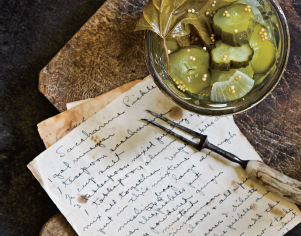


TO THE MEMORY OF
VREST and MILDRED ELLEN ORTON
Founders of The Vermont Country Store, pioneers of eating whole-grain foods, and proponents of the Vermont way of life

THE
 Vermont
Vermont
COUNTRY STORE
STORY
This issue is devoted to our own Vermont Country Store brand of fine foods, to tools and utensils for cooking and serving foods because all my life as a writer, publisher and editor I have done all I could to influence mens minds and nothing much came of it. Now I have decided to influence their stomachs.
VREST ORTON
The Voice of the Mountains catalog, Summer 1949

I N THE FALL OF 1945, MY PARENTS, VREST AND MILDRED ORTON, MOTORED UP A GOLDEN VALLEY TOWARD MANCHESTER, VERMONT, THEN TOOK A DIRT ROAD UP INTO THE MOUNTAINS TO THE VILLAGE OF WESTON, TO MAKE REAL A DREAM INSPIRED BY A COFFEE AD.
Both had grown up in Vermont, she on a dairy farm south of Manchester and he in North Calais, where his father and grandfather ran a country store. Vrest had left to pursue a publishing career in New York, learning the ropes from H. L. Mencken. But Vermont beckoned, and he returned in the 1930s to his birth state, settled in Weston, and set up a print shop and publishing company in his garage. He met and married my mother in 1936, and I was born in September of 1941. When Pearl Harbor was attacked three months later and war duty called, my parents moved to Washington, D.C., where Vrest took a job with the Pentagon.
It was there that a chance encounter with a popular Chase & Sanborn Coffee advertisement triggered a memory for my father that would change all of our lives. In the ad, four old men sit around a checkerboard balanced on a wooden barrel near a black iron potbellied stove; a hound sprawls on the floor nearby, while a shopkeeper pours sugar onto a large scale. This ad reminded him instantly and viscerally of his fathers country store in North Calais. He vowed to return to Vermont and capture that feeling again through a store and a catalog.
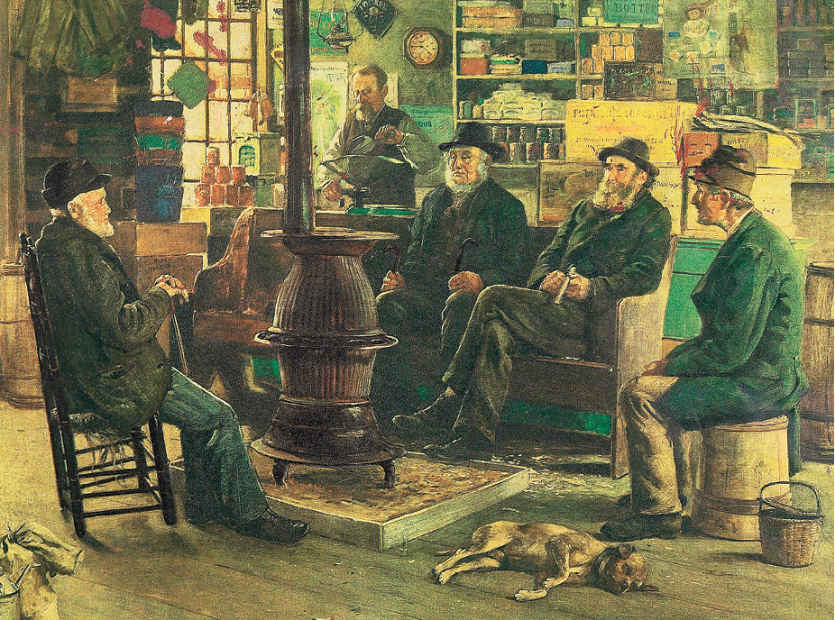
The Chase & Sanborn ad that launched a company.
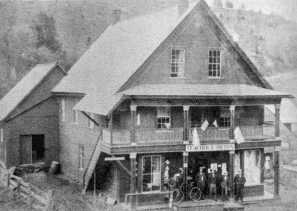
Vrests fathers store in North Calais, Vermont.
I wanted to revive an authentic, old-fashioned, rural operating store, wrote Vrest of that moment, [with] the same merchandise: New England foods, store cheese and crackers, bolts of calico cloth, kitchen knives and cooking forks; and the atmosphere redolent with an evocative potpourri of wood smoke from the pot-bellied stove and of tobacco, peppermint sticks, freshly cut cheese, roasting coffee, nutmegs, cinnamon sticks and so many other nostalgic things I remembered.
My dad understood that during the war, nostalgia, a longing for the good old days, had already begun. And nostalgia would drive people to seek that simpler time, somehow. So, after the war was over, my parents packed up my baby brother, Jeremy, and toddler me and headed north. It was about six oclock in the evening when they reached the village of Weston. The month was September. Maples blazed in the sunset. At last they were home.
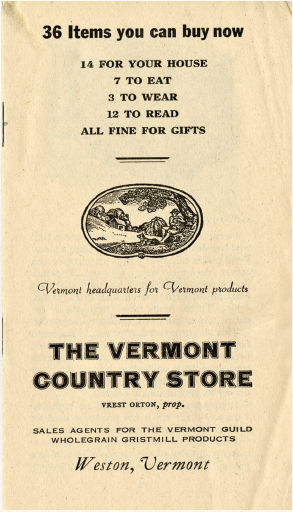
The first catalog, 1945.
Vrest and Mildred set to work on their first catalog, The Vermont Country Store, printing it on my fathers printing press and mailing it to about a thousand people on their expanded Christmas card list. This first issue was a modest brochure, three by five and a half inches in size, numbered only twelve pages, was printed on newsprint, and contained 36 Items you can buy now, as the cover proclaimed. But somehow, orders poured in and people wrote saying they couldnt wait to come to the store.
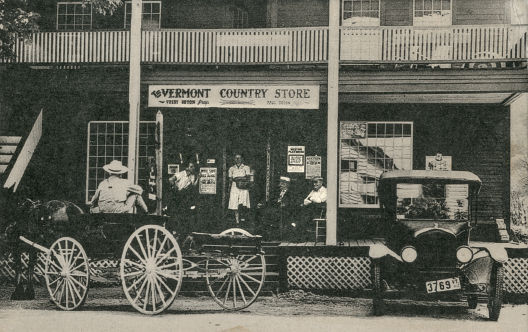
Vrests 1921 Model T Ford in front of the Store in the 1950s.
Problem was, there was no store.
Across the Village Green from my parents house, however, there was an old building built in 1828 as a country inn that looked remarkably like Vrests fathers store in North Calais. They bought it, tracked down as many of the original fixtures as possible from the old abandoned store, and stocked it with goods. In late winter of 1946, Vrest and Ellen opened the doors of The Vermont Country Store to customers.
A 1952 Saturday Evening Post full-length story entitled The Happy Storekeeper of the Green Mountains really put the Store on the map. There was hardly a soul in America who did not read the Post in those days. As more and more people discovered the Store, we were obliged, in good New England style, to add on to the back of the original building every few years.
Some days during foliage season, the Store was so crowded that lines of people were required to wait outside. We had to station a man at the door to let in two when two came out, wrote Vrest in one of the catalogs. Something had to be done. So in 1967, when the world was on the brink of a major changethink: Democratic convention, the assassinations of Robert Kennedy and Martin Luther King Jr., the whole hippie movementwe built a second store extolling a time when life was simpler, this one in Rockingham, Vermont.

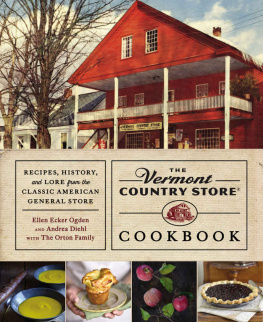


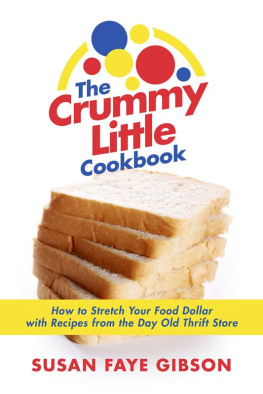
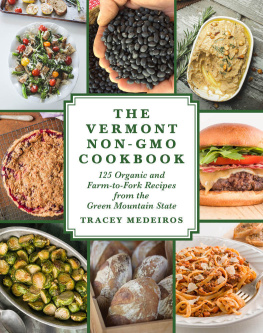
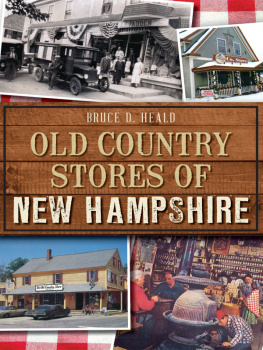


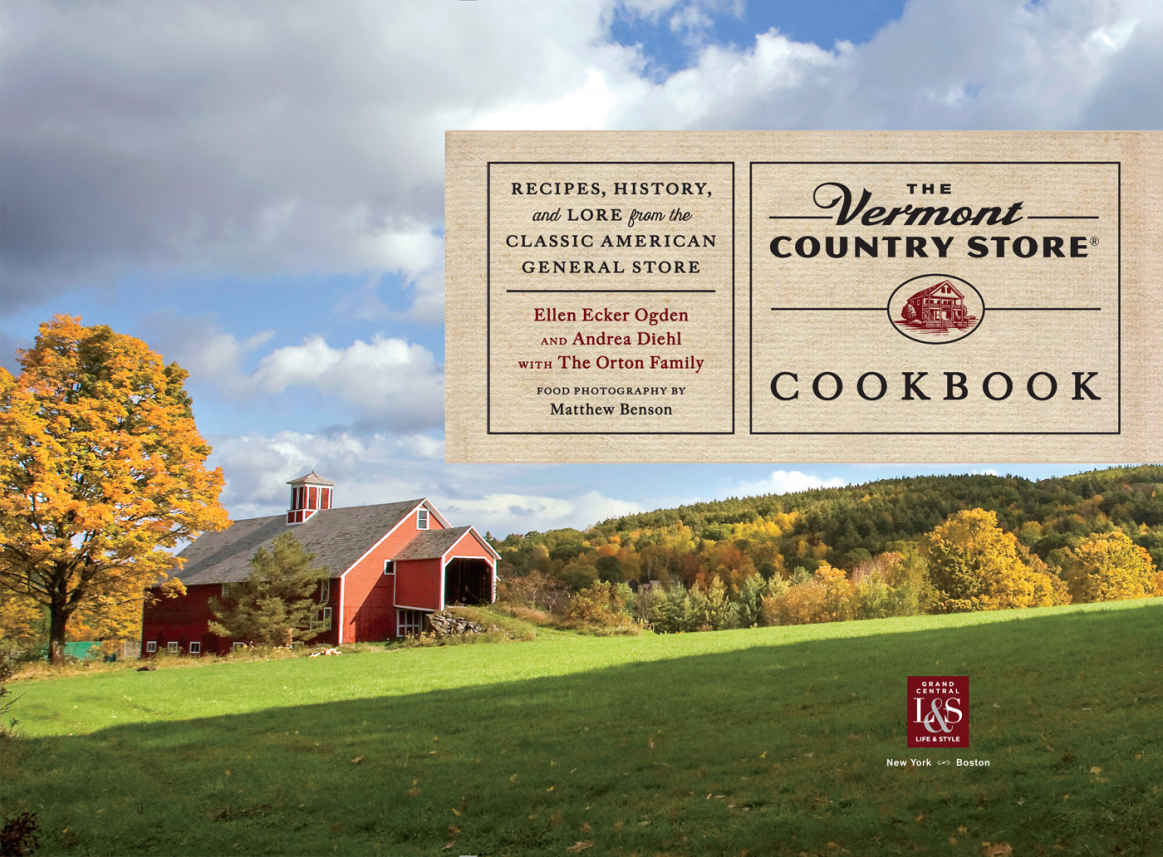




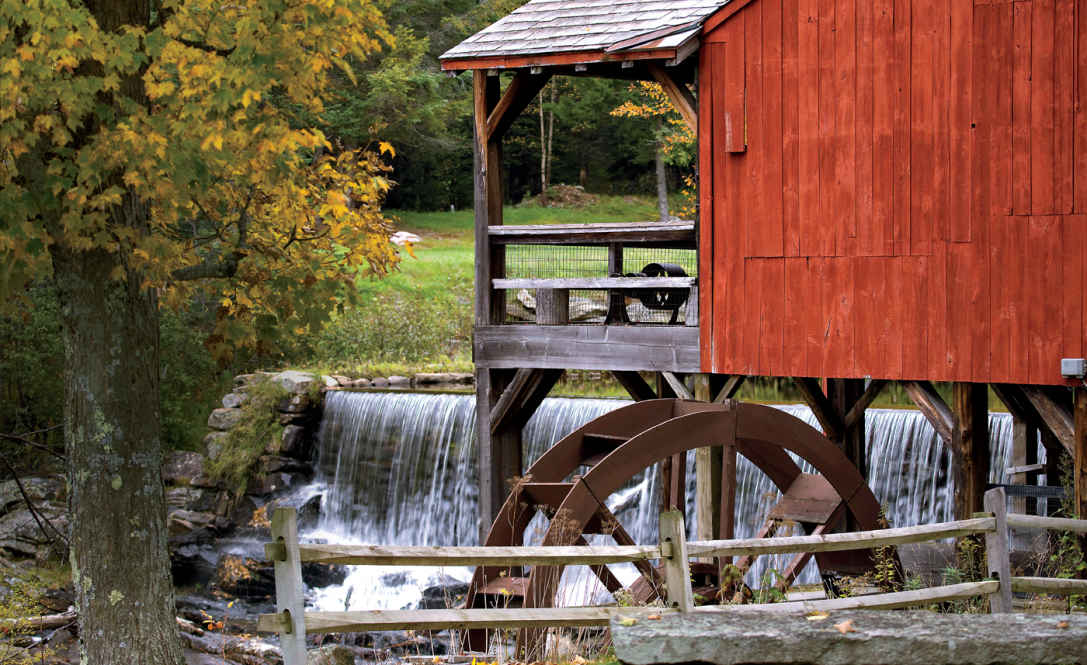
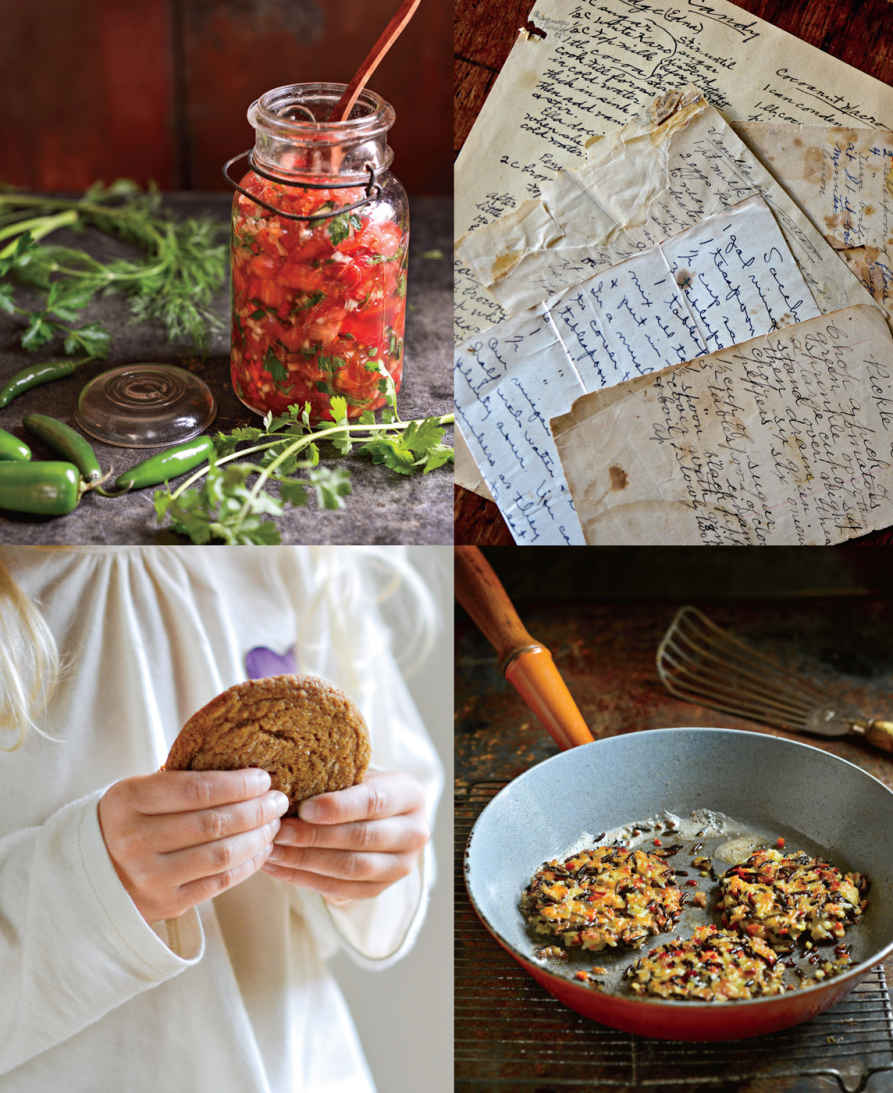
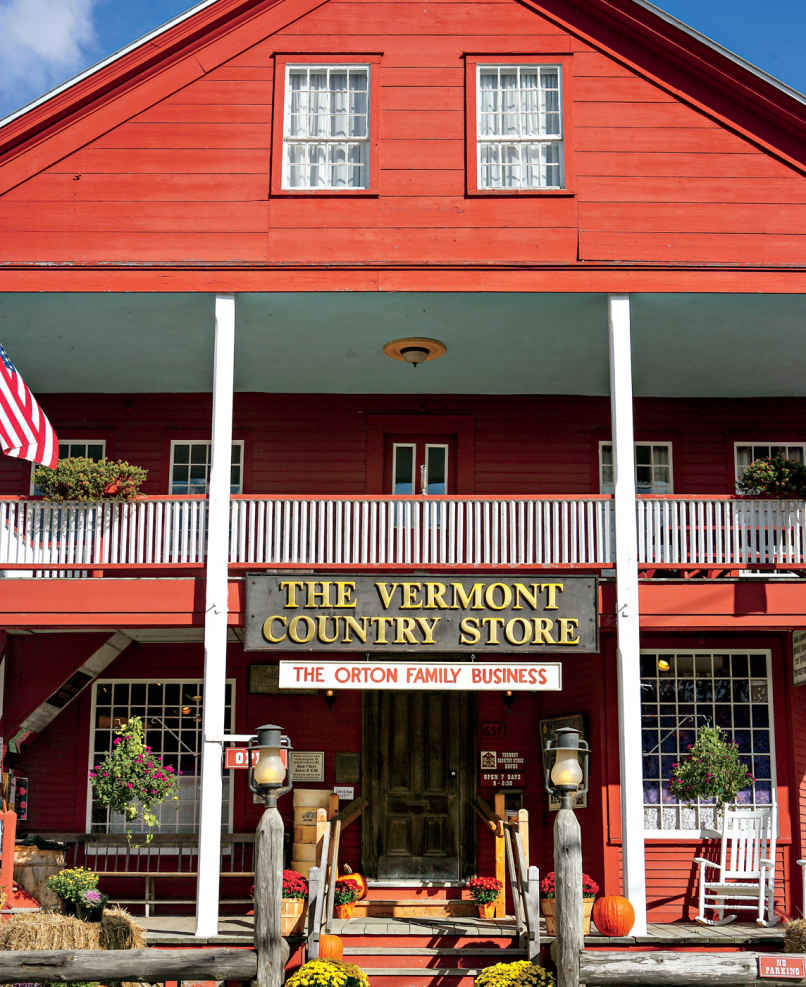

 Vermont
Vermont



